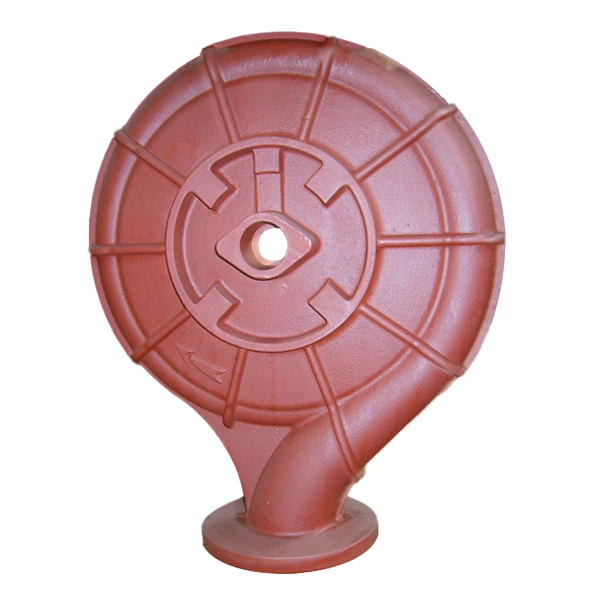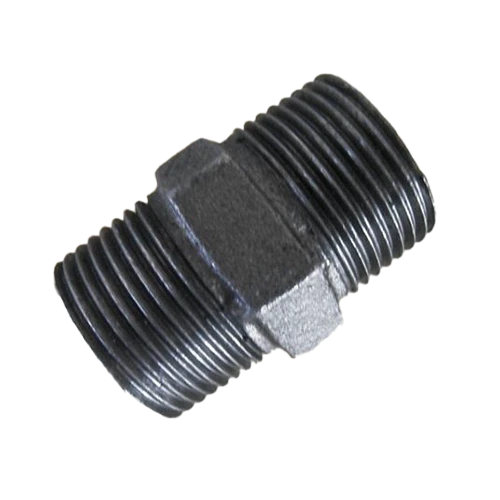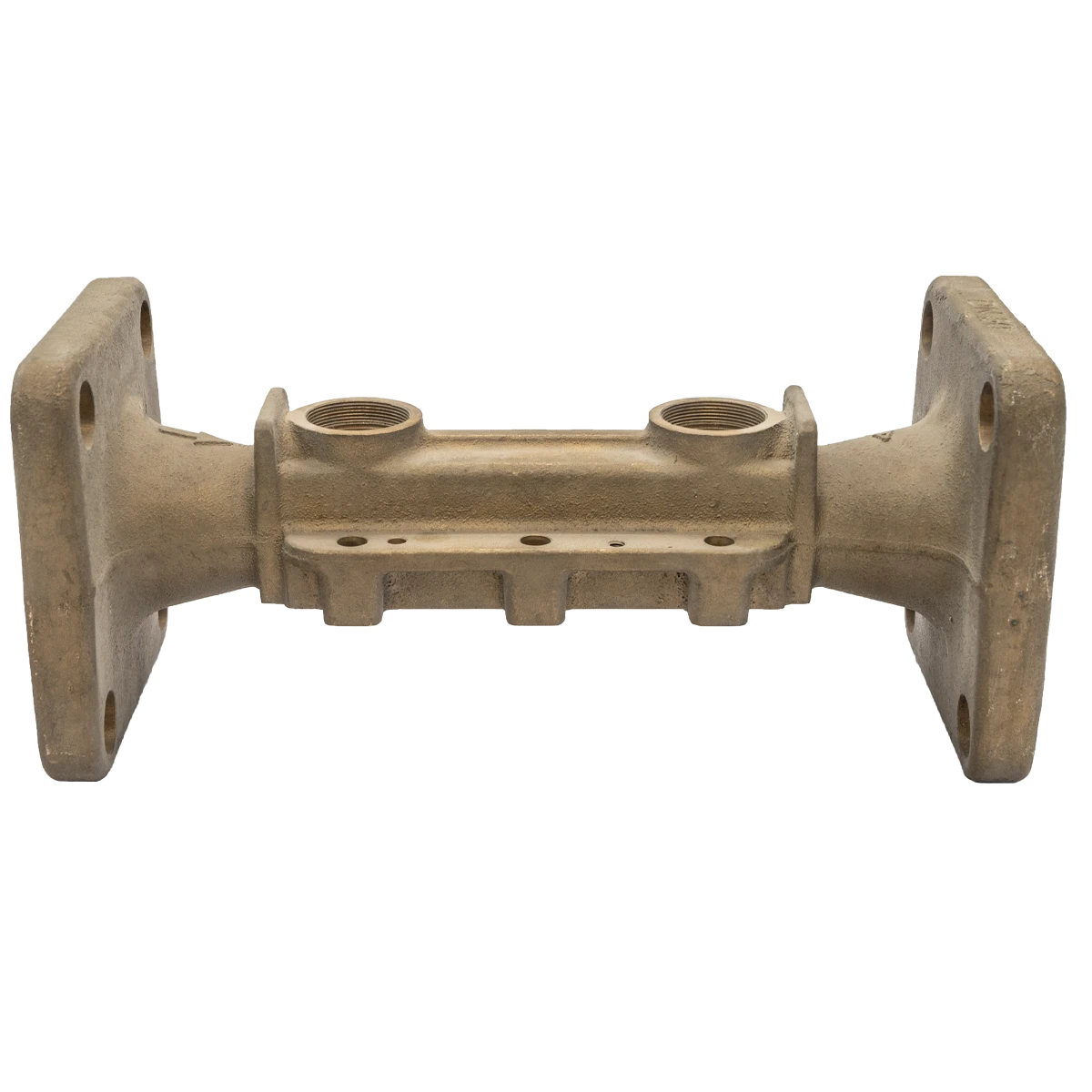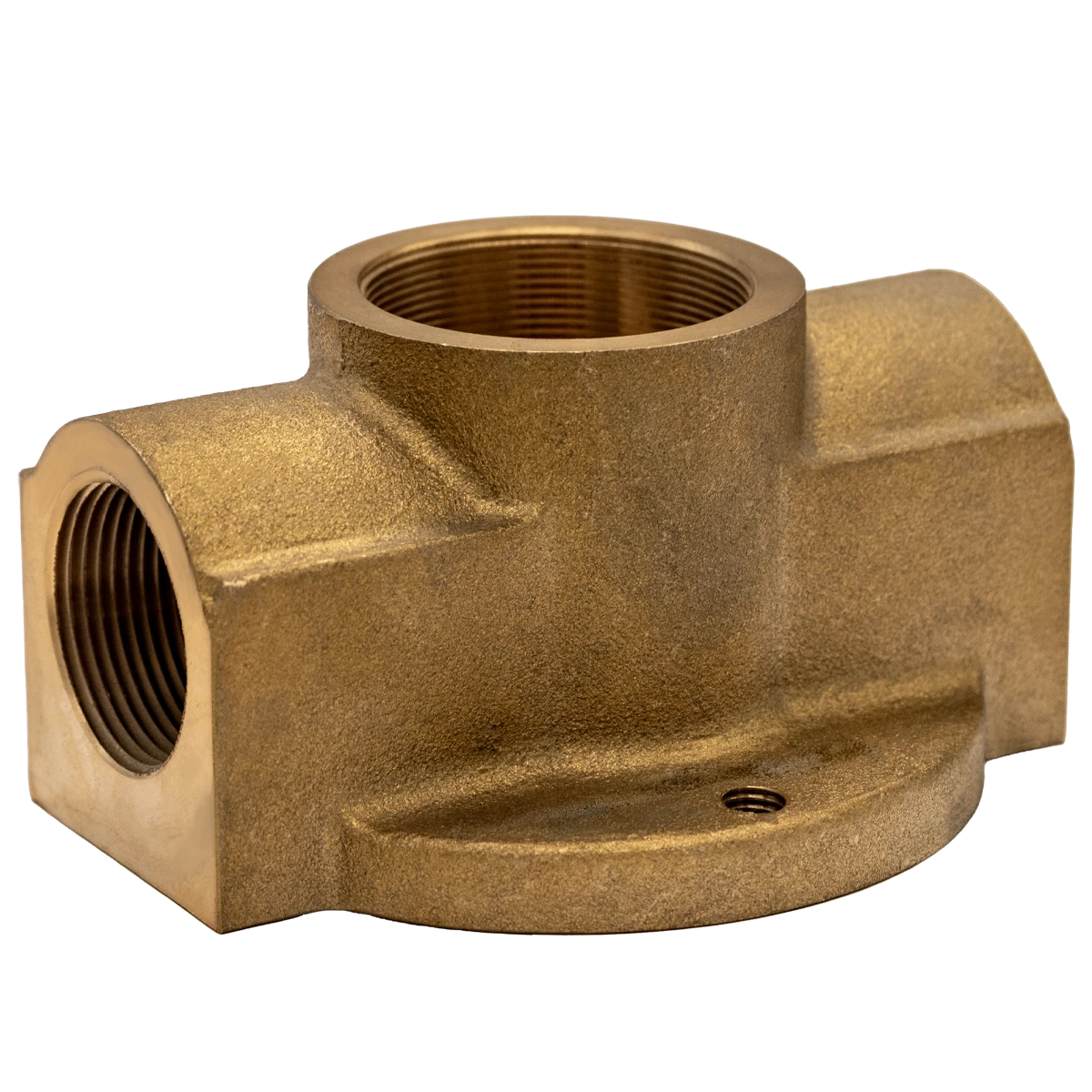Mobile:+86-311-808-126-83
Email:info@ydcastings.com
English
Sand Casting vs Die Casting Key Differences, Benefits & Applications
- Introduction to Metal Casting Processes
- Technical Principles and Process Comparison
- Performance Metrics: Cost, Efficiency, and Output
- Vendor Capabilities Across Industries
- Tailored Solutions for Specific Applications
- Industry Implementation Case Studies
- Future Outlook for Casting Technologies

(sand casting vs die casting)
Sand Casting vs Die Casting: Foundational Methods
Metal component manufacturing relies heavily on sand casting and die casting, two processes accounting for 68% of global casting production according to Modern Casting 2023 data. While both methods create complex geometries, their operational frameworks diverge significantly. Sand casting utilizes expendable molds made from compacted sand, enabling production of components weighing up to 200 tons. Die casting employs reusable steel molds under high pressure (1,200-2,500 psi), specializing in high-volume aluminum and zinc parts.
Mechanical and Operational Contrasts
Surface finish precision demonstrates stark differences: die casting achieves 1.6-3.2 μm roughness versus sand casting's 12.5-25 μm. Production speeds vary exponentially, with die casting completing cycles in 15-60 seconds compared to sand casting's 2-48 hour mold preparation requirements. Material flexibility favors sand casting, accommodating over 50 alloys including high-temperature steels, while die casting primarily works with 6 non-ferrous alloys.
| Parameter | Sand Casting | Die Casting |
|---|---|---|
| Tooling Cost | $3,000-$15,000 | $30,000-$150,000 |
| Unit Cost (1k units) | $18.50 | $6.80 |
| Dimensional Tolerance | ±0.030" | ±0.005" |
| Minimum Wall Thickness | 0.25" | 0.02" |
Manufacturer Capability Analysis
Top-tier suppliers demonstrate distinct specializations:
- Pace Industries: 82% die casting focus, 450-ton max clamping force
- Willman Industries: 70% sand casting production, 40-ton single pour capacity
- Alcast Technologies: Hybrid operations with 12-second cycle HPDC machines
Customization Strategies
Automotive clients reduce weight by 19% using vacuum-assisted die casting for structural components. Energy sector projects employ resin-bonded sand casting for turbine housings with 18-month operational lifespan. Prototyping operations benefit from 3D-printed sand molds reducing lead times by 73% compared to traditional pattern-making.
Industrial Implementation Evidence
Case 1: Heavy machinery manufacturer achieved 34% cost reduction using automated sand casting for <2,000 unit batches of hydraulic components. Case 2: Electronics producer improved heat dissipation by 41% through die-cast aluminum enclosures with integrated cooling fins.
Evolution of Sand and Die Casting Technologies
Recent advancements include AI-driven sand compaction systems improving mold consistency by 28% and IoT-enabled die casting machines achieving 0.15-second variance in injection timing. The global market projects 4.9% CAGR for sand casting versus 6.3% for die casting through 2030, driven by automotive electrification requiring both processes for different subsystems.

(sand casting vs die casting)
FAQS on sand casting vs die casting
Q: What is the main difference between sand casting and die casting?
A: Sand casting uses expendable sand molds for creating metal parts, ideal for large or complex shapes. Die casting employs reusable steel molds (dies) and high pressure, suited for high-volume, precision parts. Sand casting is cheaper for small batches, while die casting excels in mass production.
Q: Which casting method is better for aluminum parts: sand casting or die casting?
A: Die casting is preferred for aluminum parts requiring smooth surfaces and tight tolerances, like automotive components. Sand casting works for larger aluminum parts with less detail, such as engine blocks. The choice depends on design complexity and production scale.
Q: Why is sand casting cheaper for low-volume production than die casting?
A: Sand casting molds are inexpensive to make from compacted sand, reducing upfront costs. Die casting requires costly precision steel molds, justified only for high-volume runs. However, per-unit costs favor die casting in mass production.
Q: Can sand casting achieve the same surface finish as die casting?
A: No, sand casting typically produces rougher surfaces due to sand mold texture. Die casting creates smoother finishes (Ra 1-2.5 μm) through polished metal dies and high-pressure injection. Secondary machining is often needed for sand-cast parts.
Q: Are there size limitations when comparing sand casting vs die casting?
A: Sand casting accommodates very large parts (e.g., multi-ton machinery components). Die casting is limited by machine size and mold strength, usually for parts under 75 lbs. Thin-walled designs favor die casting due to better metal flow control.
-
Materials Used in Manufacturing Cap End Pipe FittingsNewsNov.24,2025
-
Material Properties of CF8M CastingNewsNov.24,2025
-
How to Inspect Pump Cap Ends for DamageNewsNov.21,2025
-
Backward Curved Impeller – Efficient Airflow Solutions for Industry | YD CastingsNewsNov.21,2025
-
Automobile Water Pump - Efficient, Quiet, Durable & ElectricNewsNov.21,2025
-
Impeller for Pumps – High-Efficiency, Durable, OEM-ReadyNewsNov.21,2025











